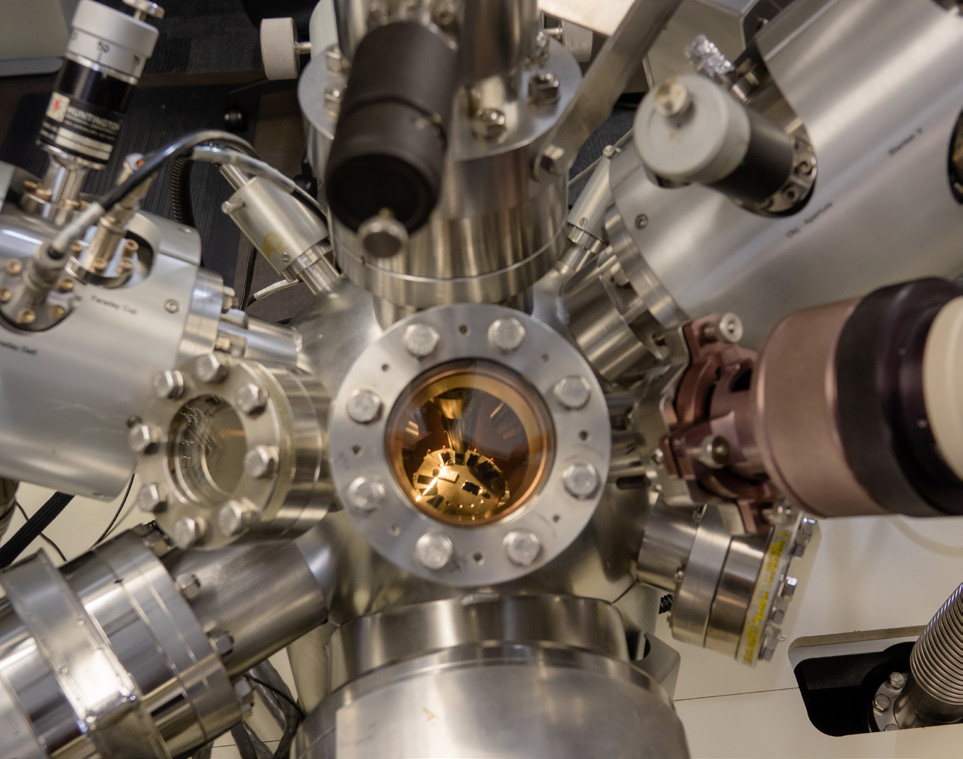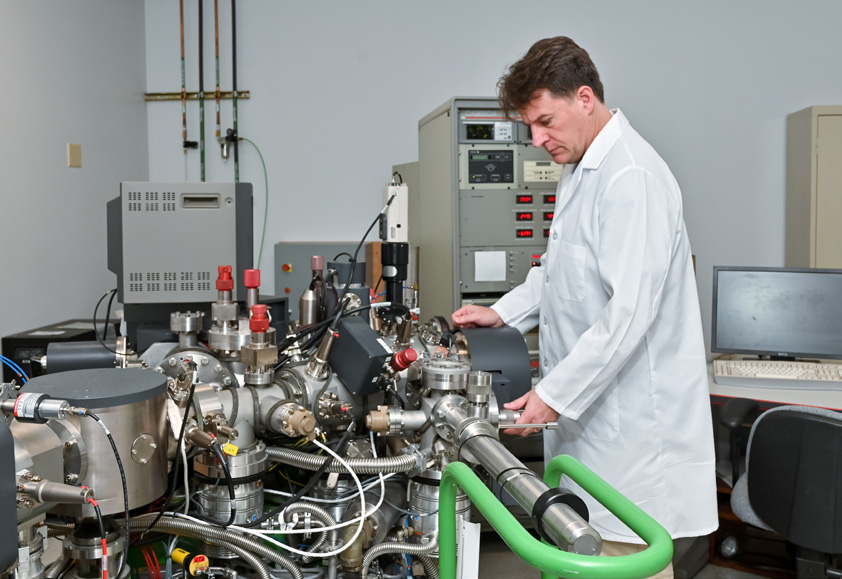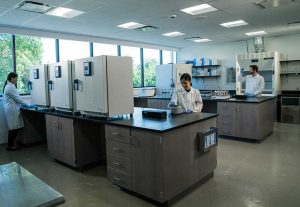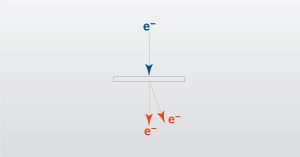
The Birth of PCOR-SIMS for Silicon Germanium (SiGe) Devices
PCOR-SIMS was originally developed to analyze Silicon Germanium (SiGe) devices for the communications industry.
Home » A Deep Dive into Dynamic SIMS vs. static-SIMS
Eurofins EAG Laboratory is the world leader in commercial Secondary Ion Mass Spectrometry (SIMS) analysis – and has been for decades. EAG offers the best detection limits, along with accurate concentration and layer structure identification. Our depth and scope of experience and commitment to research and development in the SIMS field is unrivaled.
EAG was founded in 1978 under the name Charles Evans & Associates. The company started with dynamic SIMS and at one point produced and sold analytical instruments such as the TRIFT I and TRIFT II TOF-SIMS tools. That manufacturing business was sold in 1994 and the company focused on analytical service. As the SIMS community, instrumentation and market evolved, the ways different types of SIMS analyses were talked about evolved as well.
SIMS Stands for ‘Secondary Ion Mass Spectrometry’. In simple

terms, a primary ion is accelerated at a sample, and we measure the secondary ions that are emitted or sputtered from that surface. Depending on the flux (or current) of primary ions hitting the sample, the sputtering is occurring in either a dynamic (continuous or high current) or static (pulsed or low current) mode.
Dynamic SIMS (frequently shortened to just SIMS), is used to obtain depth profiles of materials. If the beam of primary ions bombarding the sample is a continuous DC beam, then real time sputtering of the sample and erosion of the sample surface will be visible over a period of seconds, minutes, or hours, as a sputter crater becomes visible. The dynamic part of the name comes from the fact that the sample is altered in real time when exposed to the primary ion beam and the visible sputter crater is created.

Static Secondary Ion Mass Spectrometry (static-SIMS) is a surface analytical technique that focuses a pulsed beam of primary ions onto a sample surface, producing secondary ions, also in a sputtering process. For example, if the primary ion beam is of very low flux, or is operated in a pulsed mode, the sample can be exposed to the primary beam for many minutes with little to no measurable change to the surface with regards to the species detected. Since there is no obvious change induced in the sample, this operating mode is known as static SIMS, because the sample essentially stays the same. Technically, the best mass spectrometer for Static SIMS analyses is a Time of Flight (TOF) mass spectrometer – hence the static SIMS technique being most commonly known as just
just TOF-SIMS. In this case the common name comes from the mass spectrometer type, rather than the operating mode of the primary beam.
With over 40+ years of experience EAG knows SIMS, whether you call it dynamic, static, TOF otherwise. Dynamic SIMS analyses involve dopant and impurity depth profiling, thin film characterization, ultra-high depth resolution, bulk analyses, and high-precision matching of process tools. TOF-SIMS analyses provide surface characterization of organic and inorganic materials, imaging of elements and molecules on surface, failure and root cause identification. EAG scientists can ensure you get the best data to support your work. Contact us today to learn more about EAGs breadth of knowledge and experience when it comes to all types of SIMS analyses and how we can partner today.

PCOR-SIMS was originally developed to analyze Silicon Germanium (SiGe) devices for the communications industry.

In the full webinar we introduce MicroLED Analysis for improved understanding of III-nitride material properties and growth/device processes

The analytical evaluation threshold (AET), an important part of the extractables and leachables testing in these studies, needs to be calculated for each instrumental technique.

In this webinar we will introduce the principles of Transmission Electron Microscopy (TEM) with a focus on real-world problem-solving.
To enable certain features and improve your experience with us, this site stores cookies on your computer. Please click Continue to provide your authorization and permanently remove this message.
To find out more, please see our privacy policy.